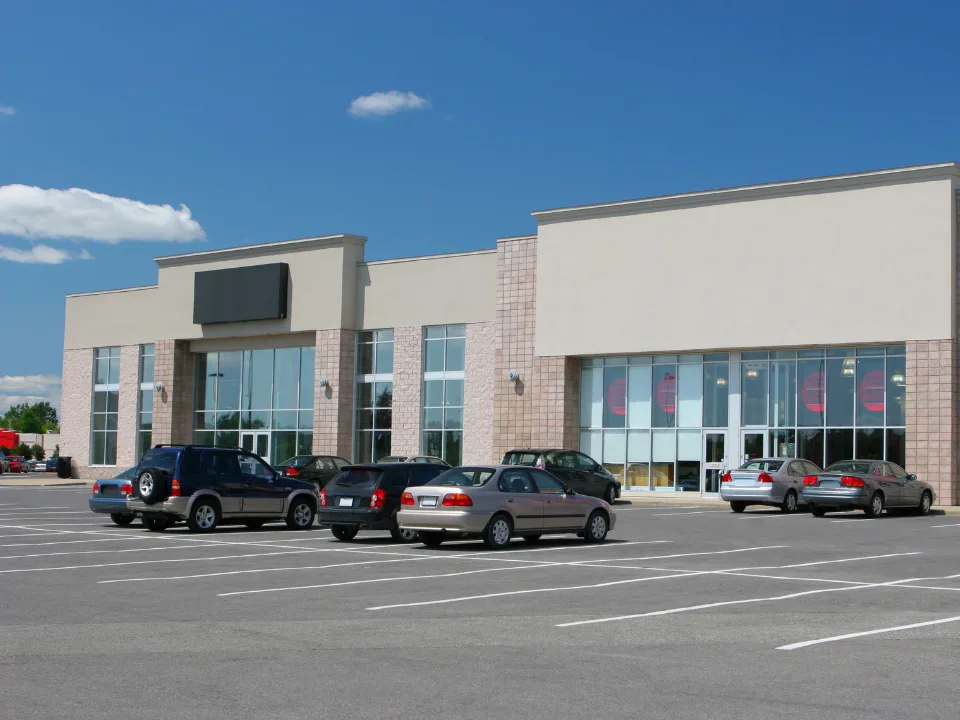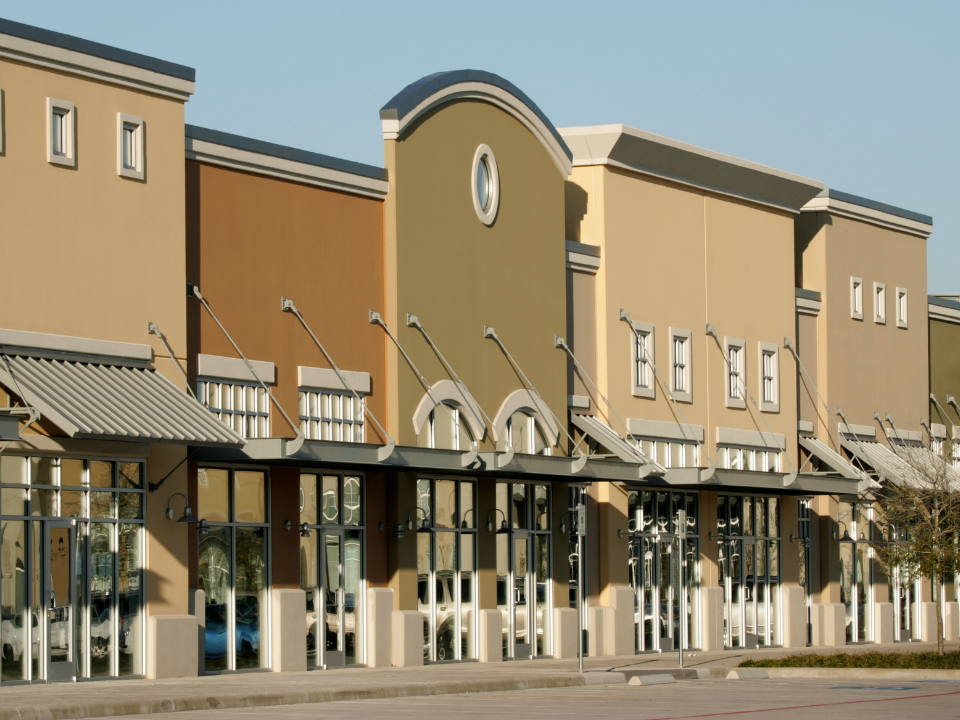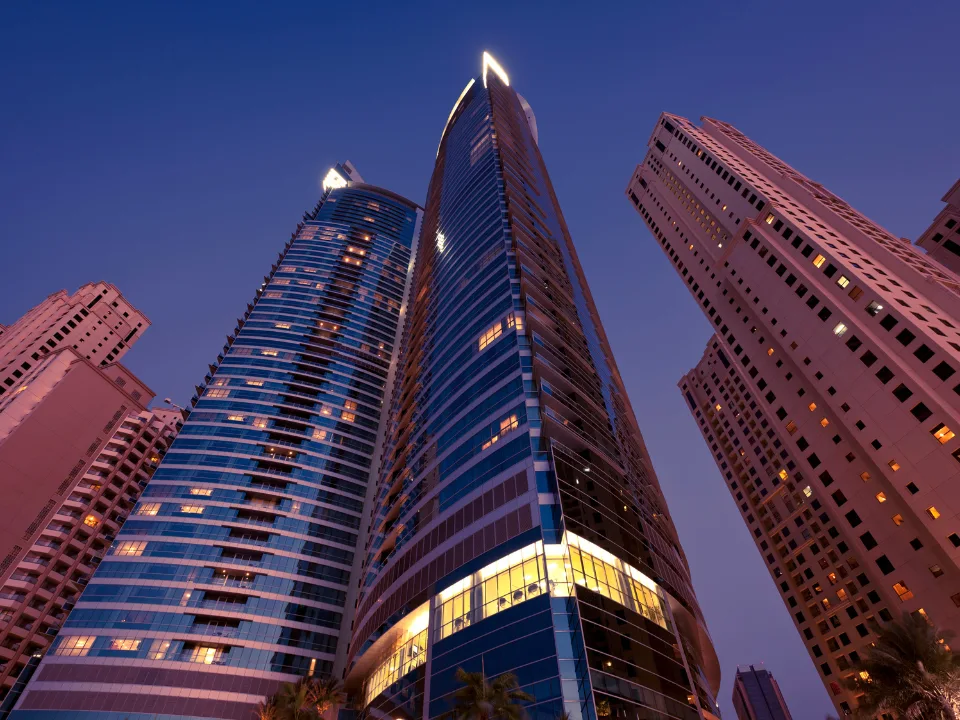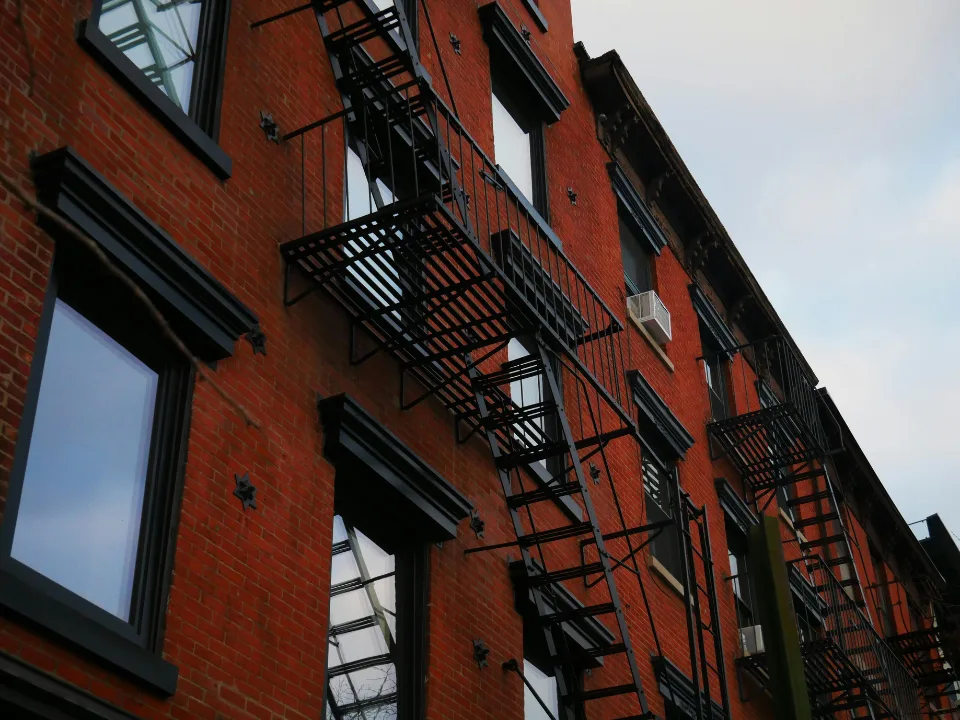- Fast-growing Sunbelt cities like Austin and Myrtle Beach are seeing slipping retail square footage per capita, despite population growth.
- Midwest markets with declining populations, such as Flint and Youngstown, are experiencing increases in retail per capita.
- Retail development remains aligned with population growth nationwide, with retail space per capita down from 57 to 56 SF since the mid-2000s.
As reported in GlobeSt, migration reshapes the U.S. retail landscape, and new trends are emerging in both the Sunbelt and the Midwest.
Colliers’ latest analysis reveals that despite growing populations in cities like Austin, TX, and Myrtle Beach, SC, retail square footage per capita is falling in these fast-growing areas.
Meanwhile, midsize markets in the Midwest, which have seen their populations shrink for decades, are seeing gains in retail per capita, painting a mixed picture for retail investors across the country.
Sunbelt Slowdown
Migration to the Sunbelt during and after the pandemic has not translated into a retail boom.
- In cities like Myrtle Beach, retail square footage per capita has dropped by 26 SF, despite 12.9% population growth from 2020 to 2024.
- Similarly, Austin and Raleigh have seen declines of 11 SF per capita, while Fort Walton Beach, FL, and Charleston, SC, saw slips of 10 SF.
This drop in retail space per capita suggests that new retail development has not kept pace with population growth in these regions, despite strong demand.
Colliers’ research director Aaron Jodka notes that markets with decreasing retail per capita may offer significant opportunities for developers due to potential higher barriers to entry.
Midwest Challenges
On the other hand, struggling Midwest markets, including Flint, MI, and Youngstown, OH, have seen growth in retail space per capita even as their populations slip.
These markets, which have lost residents since the early 2000s, have added retail inventory, leading to a surplus.
Cities like Shreveport, LA, Peoria, IL, and Canton, OH, have seen gains of 8 to 11 SF of retail space per capita since the mid-2000s, a trend that suggests a mismatch between retail supply and demand.
What’s Next
As migration patterns continue to evolve, retail investors will need to closely monitor population shifts and local retail inventory levels.
Markets like the Sunbelt may see retail development continue to ramp up in the coming years, while struggling Midwest markets may need to rethink their retail strategies to avoid further oversupply.

















